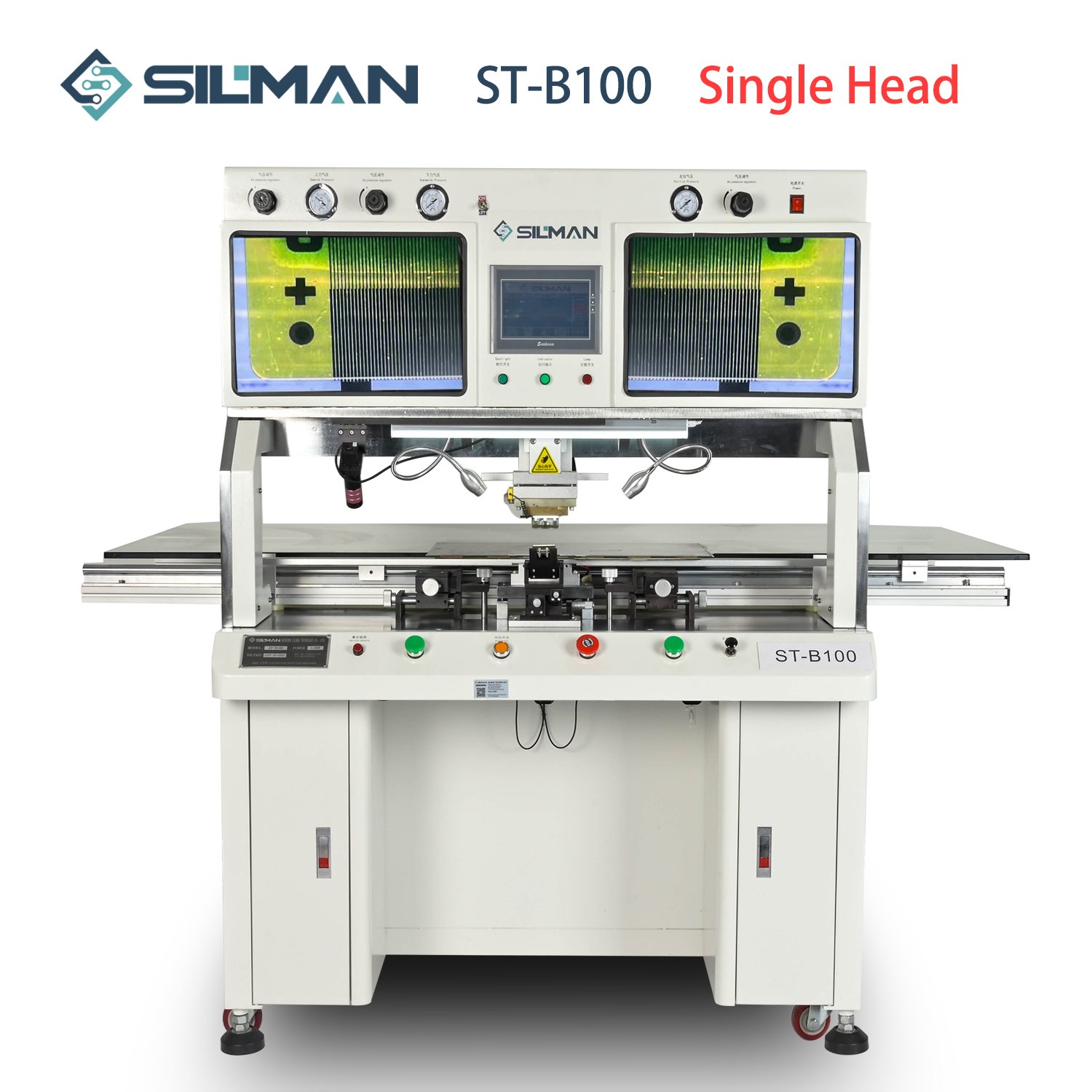The occurrence of solder bridging in selective wave soldering may be attributed to various factors. Here are some possible solutions:
- Adjust Temperature and Speed: Properly adjusting the temperature and soldering speed of the soldering equipment can help reduce solder bridging.
- PCB Design Issues: Ensure that the pads on the PCB are designed with sufficient spacing to prevent solder bridging. Verify that components are correctly placed, and inspect the PCB design to ensure it meets requirements. Excessive component spacing or incorrect component orientation can lead to poor soldering.
- Use Suitable Flux and Solder: Selecting appropriate flux and solder is crucial. Using flux and solder that are compatible with the components and PCB material can improve soldering performance.
- Ensure Adequate Preheating: Prior to soldering, ensure that both the PCB and components are adequately preheated to reduce thermal stress and temperature gradients, thereby minimizing the likelihood of solder bridging.
- Check Soldering Equipment and Process Parameters: Ensure that the soldering equipment is functioning properly and make appropriate adjustments according to the soldering process requirements. Conduct visual inspections and functional tests on soldered PCBs to assess the quality of solder connections. If issues are identified, adjust process parameters promptly or repair solder connections.
Please note that specific solutions may vary depending on the situation. It is advisable to consult with professionals or equipment manufacturers for more detailed advice tailored to your specific circumstances.
